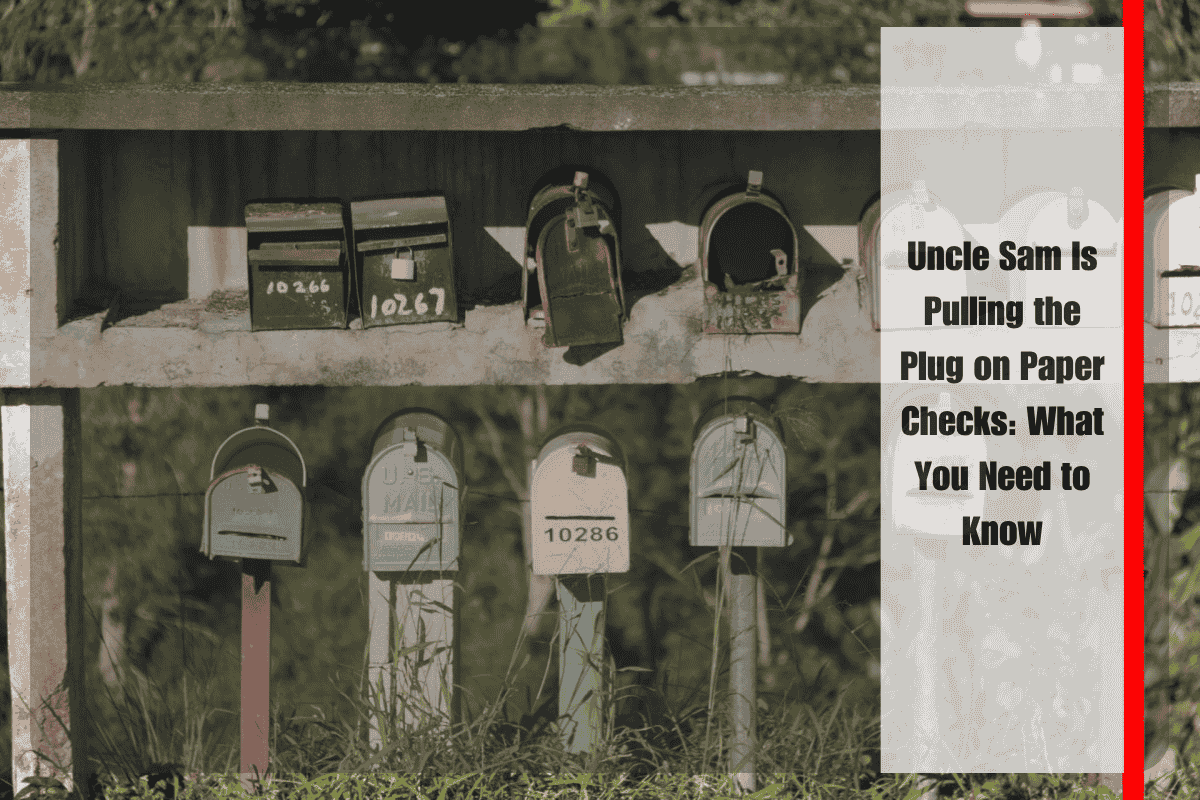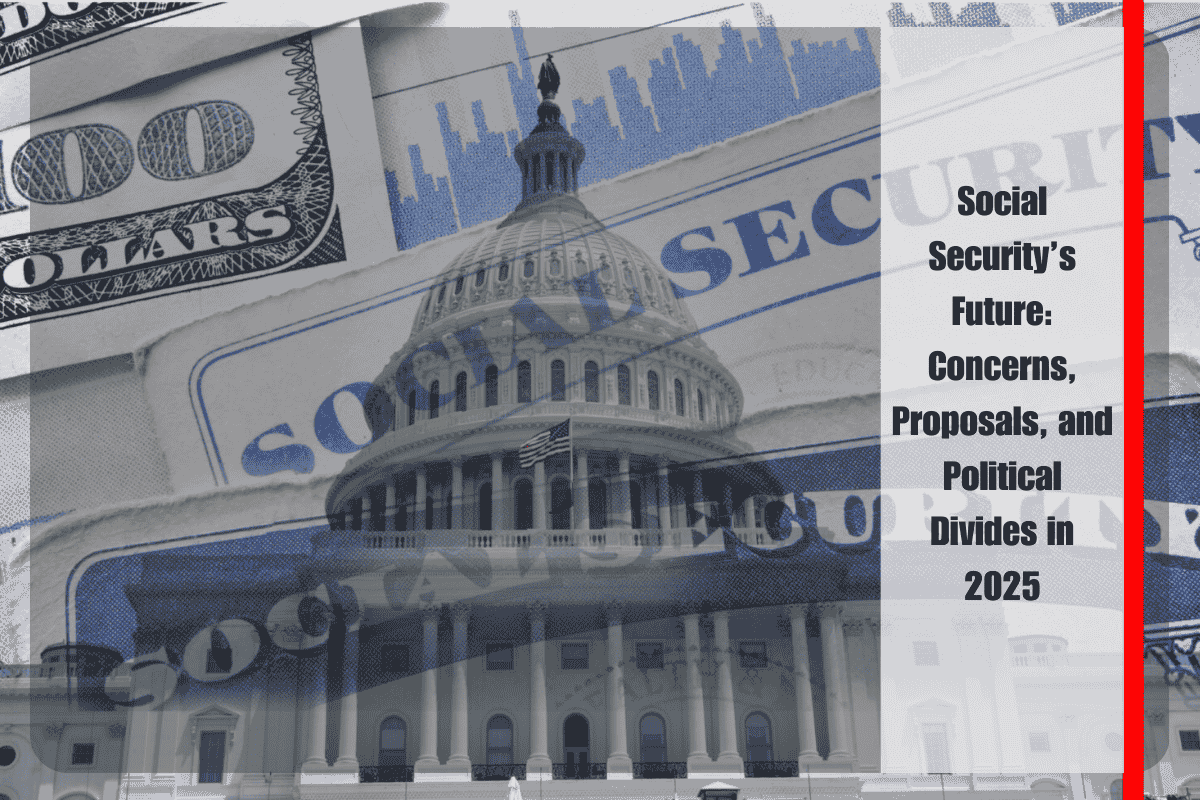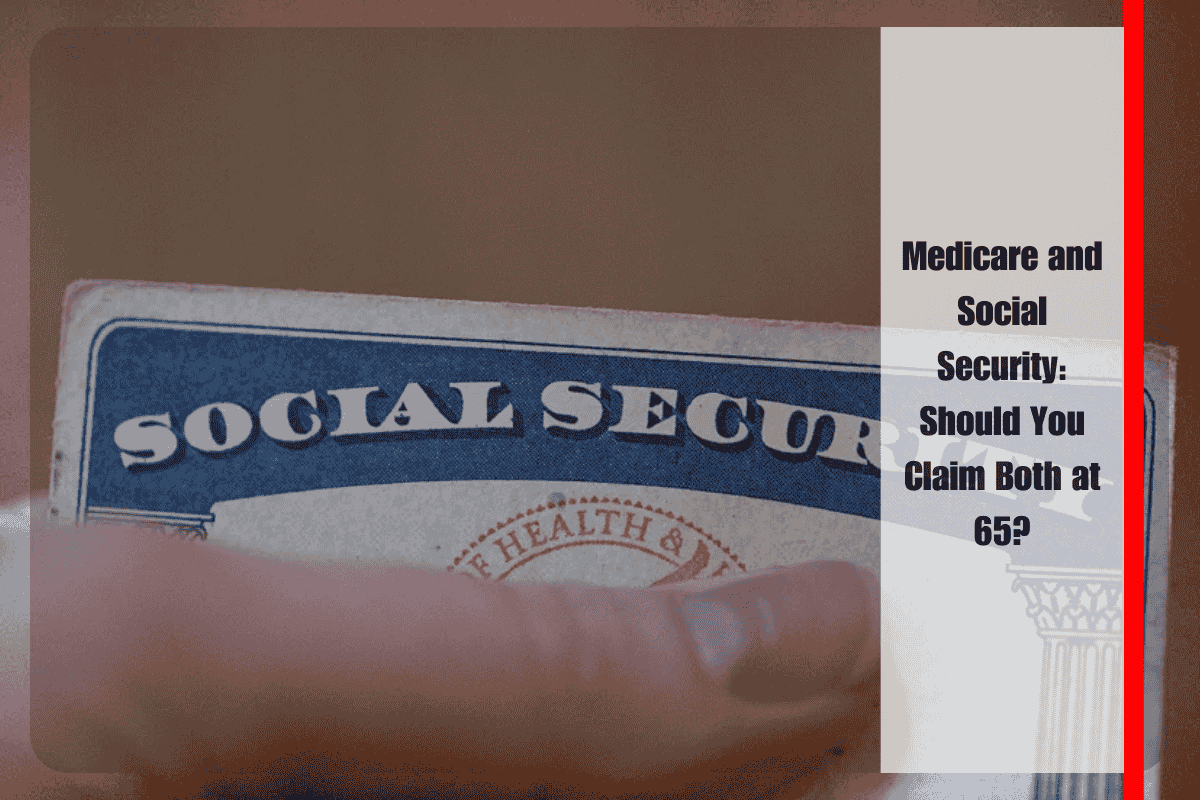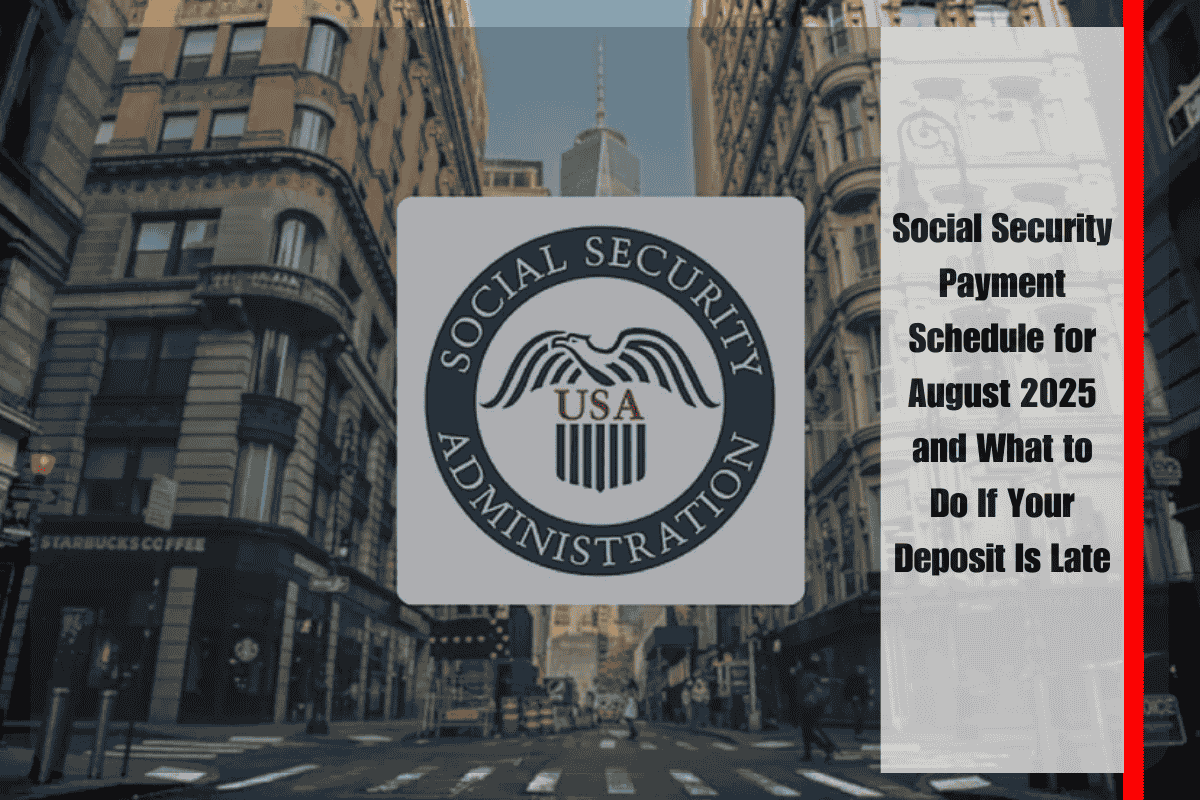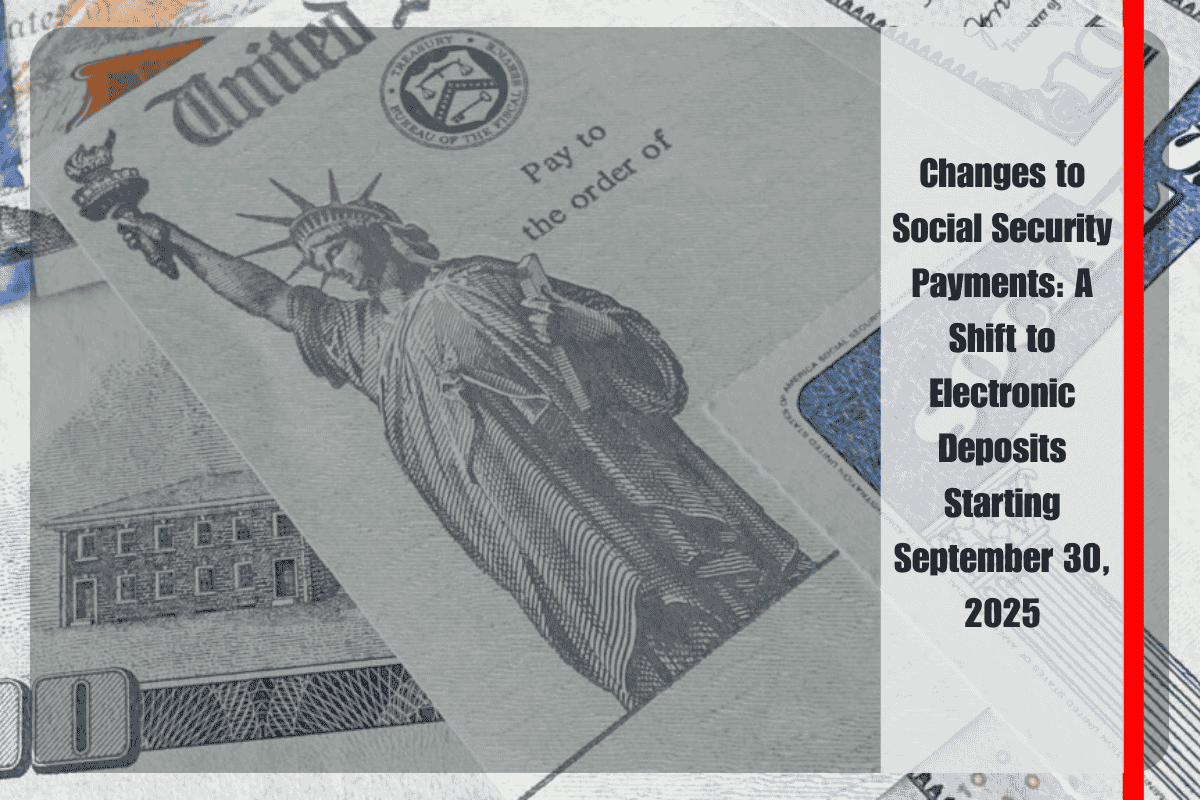By September 30, 2025, half a million Americans who still receive their Social Security or Supplemental Security Income (SSI) via paper checks will need to switch to an electronic payment method. This is because the Social Security Administration (SSA) will stop issuing paper checks altogether. The deadline is fast approaching, so if you are among the few still receiving checks by mail, it’s time to prepare or risk delays in receiving your payments.
Why Is the SSA Making the Change?
The push to modernize federal benefit payments has been underway for over a decade. The requirement for electronic delivery of payments has been around since 2011, but it wasn’t until Executive Order 14247, signed in March 2025, that the Treasury Department mandated the discontinuation of paper checks for federal payments, including Social Security.
The move is intended to improve efficiency, reduce costs, and strengthen security. According to the SSA, electronic payments are faster, more secure, and cheaper than paper checks. For instance, paper checks are 16 times more likely to be lost or stolen compared to electronic payments. Additionally, processing each paper check costs around 50 cents, while electronic transfers cost less than 15 cents. These savings add up over time, especially given the growing fiscal pressures on Social Security.
Who Will Be Affected?
Currently, fewer than 1% of all Social Security and SSI recipients still receive their benefits by paper check, but that still amounts to about 500,000 people, some of whom do not have bank accounts. These individuals will need to transition to an electronic payment method to avoid any disruption in their benefits.
For those without a bank account, there’s an alternative: the Direct Express card. This prepaid debit card automatically loads a person’s Social Security benefits each month, and users can make purchases, withdraw cash, and track balances much like any other debit card. It’s a practical option for individuals who are unbanked, but there are a few things to consider, such as transaction fees and the limited balance on the card.
What Are the Options for Transition?
The SSA is taking proactive steps to help beneficiaries transition. Notices are being sent to paper-check recipients with instructions on how to switch to an electronic payment method. The two main options are:
Direct Deposit: This is the preferred option. Beneficiaries can enroll with their financial institution to have their benefits directly deposited into their checking or savings account. This is a fast and secure method for receiving payments.
Direct Express® Card: This prepaid debit card is for people who do not have a bank account. While it offers a viable solution, there are some limitations. For instance, there are no credit lines, and transactions are debited directly from the available balance, with no grace period like credit cards offer. Transaction fees, particularly ATM withdrawal fees, can also add up.
To sign up or update payment details, visit the SSA website at www.ssa.gov/deposit or log into your My Social Security account.
How to Prepare for the Change
If you’re still receiving paper checks, now is the time to act. The SSA is already sending out notices and offering assistance to ensure that you make the switch smoothly. Don’t wait until it’s too late – act now to avoid any delays in receiving your payments.
The end of paper checks for Social Security and SSI recipients marks a significant step toward modernization and efficiency. While the transition may feel like a hassle for some, the benefits of electronic payments are clear – faster processing, better security, and cost savings. With options like direct deposit and the Direct Express card, there’s a solution for everyone, even those who don’t have bank accounts. Be sure to take action now to ensure your benefits continue without interruption.
